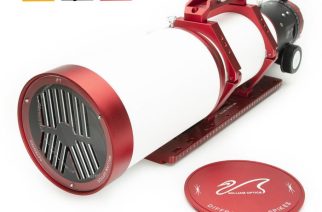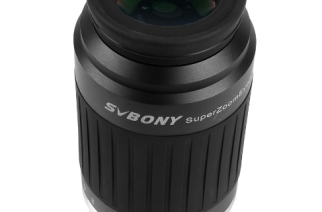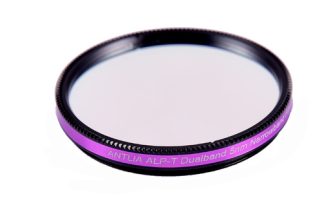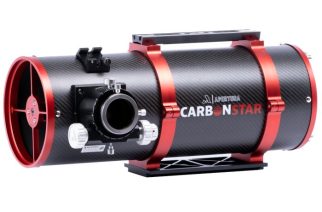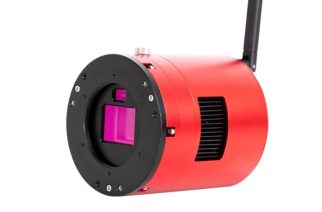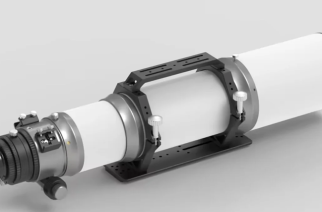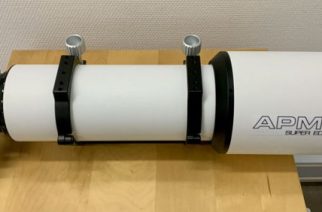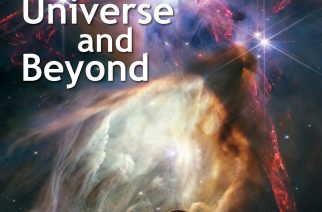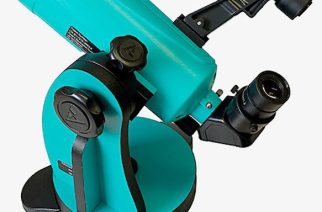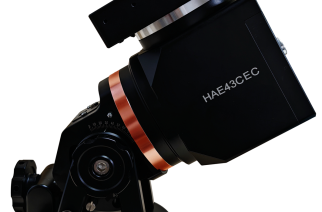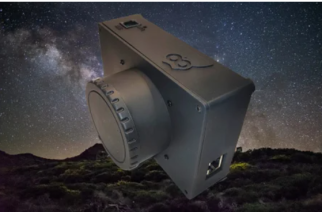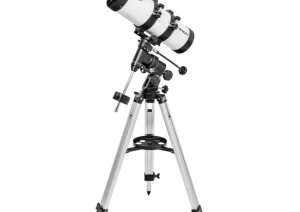Editor’s Note: This news item about the William Optics Astrophotography Contest was written using ChatGPT. With so much content today in the news (and in astro tech surprisingly) being authored through AI, we thought, because of the technical nature of our subject and our audience, that you would find it […]
News
Antlia ALP-T dual band 5nm Ha&OIII Filter
The Svbony SV230 Super Zoom Aspheric Eyepiece is a unique eyepiece featuring a clickstop click and Parfocal design and the 57°-72° panoramic wide angle provides the ultimate astronomical observation comfort. It also supports astigmatic corrector connection and has a long eye relief of 17-19mm for comfortable viewing position, even for […]
Antlia ALP-T dual band 5nm Ha&OIII Filter
The Antlia ALP-T dual band 5nm Ha&OIII filter is a dual line-pass filter which was designed to be used primarily with one-shot color (OSC) cameras such as DSLR’s and astronomical OSC cameras. It can also be used as a narrowband filter for monochrome cameras to save imaging time. The advanced multi-coatings on the filter effectively isolate the red […]
Apertura CarbonStar 150 Imaging Newtonian
The Apertura CarbonStar 150 Imaging Newtonian from High Point Scientific is designed for astrophotography, with optics that provide a large aperture and a quick focal ratio. It offers a 150mm (6″) primary mirror and f/4 design. The mirrors that provide the 600mm focal length are made with enhanced aluminum coated […]
ZWO ASI2600MC Air
The new ZWO ASI2600MC Air offers the best aspects of popular ZWO products including the ZWO ASI2600MC Duo and ZWO ASIAir providing a wireless smart camera and guider all in one. The ZWO ASI2600MC Air takes multiple ZWO innovations and combines them into one streamlined package eliminating complicated cable management […]
Astro-Tech AT130EDX
The new Astro-Tech AT130EDX from Astronomics offers 130mm f/7 fully multicoated triplet apochromatic optics using an FCD100 ED center element. Highlights also include a dual-speed 3.7″ rack-and-pinion focuser with 10:1 ratio fine focusing, 3.7″ rotatable focuser, camera angle adjuster, retractable lens shade/dew shield, dual hinged split tube rings with a […]
APM Apo FPL 53 Refractor 106mm F/6.6
The APM Apo FPL 53 Refractor 106mm F/6.6, with its 106mm F/6.6 objective and state-of-the-art FPL 53 glass, delivers razor-sharp images of planets, stars and galaxies. The focal length of 700mm is very universal and, paired with APM’s 0.75x Riccardi reducer, offers a CCD-friendly focal length of approximately 525mm (f/4.95) […]
The Universe and Beyond
In the almost 15 years since the original release of the fifth edition of Terence Dickinson’s The Universe and Beyond, our understanding of the universe has advanced exponentially. Previous editions guided readers through the intriguing world of black holes, dark matter and dark energy, toured the planets of other stars and […]
Acuter MAKSYGO-60 Mini Maksutov Dobson Telescope
The new Acuter MAKSYGO-60 Mini Maksutov Dobson Telescope is a fully functional Dobsonian telescope with the great advantage of an easy-to-remove cover, which allows users to explore the fascinating interior of the high-quality Maksutov Cassegrain optical system and understand its function. This compact and easily transportable telescope is ideal for […]
iOptron HAE43 and HAE43EC SWG Mounts
The iOptron HAE43 and HAE43EC SWG Mounts have received an upgrade to the latest technology with new “C” internal board versions which eliminate the need for a handset. As noted by the iOptron team, “Keeping pace with the current rapidly developing technology environment, the iOptron HAE43 and HAE43EC SWG mounts […]
Astrowl Box
The new Astrowl Box is an ultra-portable imaging system which provides everything you need in a small box (camera sensor, 4″ display, internal program) that can be inserted in your telescope focuser like an eyepiece. The Astrowl Box offers similar automatic and easy image processing functionalities as of the new […]
Orion Telescopes and Binoculars Ceases Operations
In mid-July reports started surfacing that the California offices of Orion Telescopes and Binoculars had ceased operations and closed their California offices. There was no available official announcement, so details were from third party sources. However, at the end of July the Orion website was no longer available. Orion was […]


